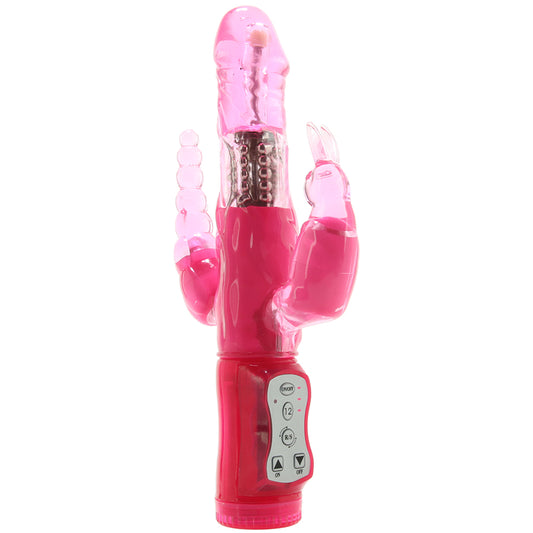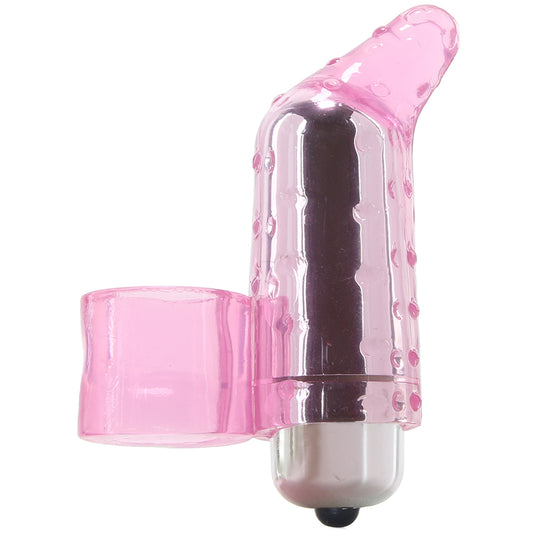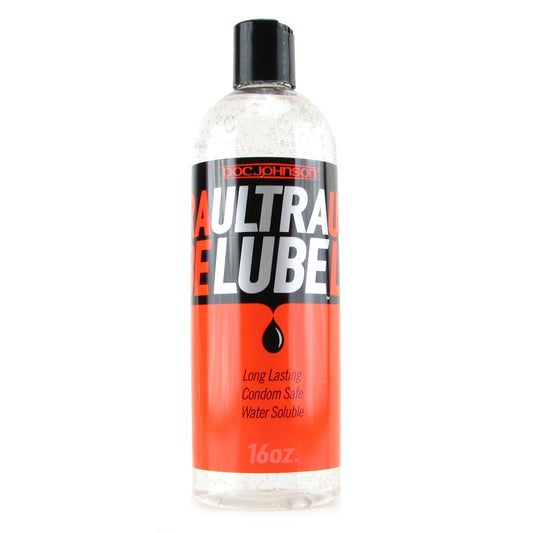
Squirting. Just the word conjures up a mysterious element, something like a mythical unicorn.
For some, squirting, which is also called female ejaculation, can be something to fear. What if your partner thinks you peed during sex? For others, it’s the pinnacle of a sexual experience.
Before we get into ways to sexually squirt, let’s take a deeper look at this subject.
EVIDENCE OF SQUIRTING WAS MEDICALLY RECORDED ALMOST 350 YEARS AGO!
Squirting has become closely tied to G spot stimulation.
The G-spot was brought to light in 1950 by Dr. Ernst Gräfenberg, who worked as a gynecologist. It was during this work that he first described an erogenous zone in females that could be stimulated during sexual activity that could perhaps improve sexual pleasure.
But many believe the true discovery of the G-spot was made much earlier in 1672 by the Dutch anatomist Reinier de Graaf, who focused on reproductive biology. De Graaf described female ejaculation and referred to an erogenous zone in the vagina that he linked to being the same as the male prostate.
Even Aristotle mentioned female ejaculation. And in the Tantric religion, female ejaculate is referred to as amrita, which translates to “nectar of the Gods.” So, squirting orgasm seems to have been around for thousands of years.
The G-spot and female ejaculation is surrounded by controversy. At the heart of this controversy is whether they truly exist and what it is the fluid emitted when squirting takes place.
According to Dr. Adam Ostrzenski, a gynecologic surgeon and director of The Institute of Gynecology, Inc., the G-spot does exist.
In 2012, he discovered a G-spot while dissecting the cadaver of an 83-year-old woman. He reported finding a blue, grape-like structure buried deep in the front wall of the vagina, which resembled erectile tissue, similar to what can be found in the male penis.
And according to studies published in the Turkish Journal of Obstetrics and Gynecology, over half of their research patients reported the presence of the G-spot. This study concluded that a person’s exploration of sexuality is a process, and the fact that they do not know the sensitive areas of the vagina may mean that they have just not discovered them yet.
LET’S TALK ABOUT SQUIRTING – IS IT JUST PEE?
According to Medical News Today, a significant number of women have reported that G-spot stimulation leads to increased sexual arousal, more powerful multiple orgasms, and yes, female ejaculation.
Research published in The Journal of Sexual Medicine states—squirting is real
The research consisted of pelvic ultrasound scans performed on study participants before and after female ejaculation. Their data, based on ultrasonographic bladder monitoring and biochemical analyses, indicated that squirting is essentially the involuntary emission of urine during sexual activity.
However, this fluid has been analyzed and found to resemble male prostate excretions—so the ejaculatory substance is not made up of urine alone.
Some research suggests that the G-spot is part of the urethral sponge, which may be why the G-spot feels spongier than the rest of the vaginal canal and why its stimulation is closely tied to the ejaculation that may include urine, along with other substances.
LEARNING TO SQUIRT
Locating the G-spot is the first step.
According to medical research, the G-spot is located 2 to 3 centimeters from the vaginal opening, while Men’s Health reports it to be more like 2 inches. Regardless of its exact depth, it’s located on the front wall of the vagina and is made of erectile-like tissue that can double in size when aroused, which can make the G-spot easier to find.
In its unaroused state, it’s thought to be the size of a pea. But much like the prostate gland, it can swell to the size of a walnut when stimulated. And the G-spot’s erectile tissue tends to be flatter and less distinguishable from the rest of the vagina when it’s not in an aroused state.
Now that you know where it’s located, let’s talk about stimulation.
One option is to use a well-lubed finger to insert and gently massage the G-spot in a rhythmic motion. However, there are plenty of sex toys, like g-spot vibrators and dildos, specifically designed to directly stimulate the G-spot, so those forms of pleasurable stimulation can also be explored.
Intense stimulation of the G-spot seems to be the key component in achieving female ejaculation.
Be patient and be aware of your body and its reactions. Research states that about half of women can ejaculate, and many aren’t aware of the ejaculate, which for some can flow back into the bladder. The amount of fluid released can range from about 0.3 mL to more than 150 mL—which is more than half a cup.
And, in case you’re wondering, the ejaculate seems to have no scent, but research has found it to taste sweet.
Please keep in mind, that while some women enjoy G spot stimulation, others may find it uncomfortable. This is where communication between partners can be important.
#1 BEST SEX POSITION TO ENCOURAGE SQUIRTING
The best position for squirting during penetration needs to ensure the G-spot is stimulated. One way this can be done is by wearing a couples vibe that directly stimulates the G-spot during sex play, such as the We-Vibe Unite 2.0 Couples Vibrator.
For penetrative sex, the doggy-style position is the best because of the angle of entry.
Being comfortable with your partner and having a close connection is also helpful.
Please remember, squirting may not happen on a regular basis—or may not happen at all. Just enjoy the possibility and all the magic that sex can provide.
Do you believe the G-spot exists? Have you ever experienced squirting? Please send me your questions and comments. I would love to hear from you.




